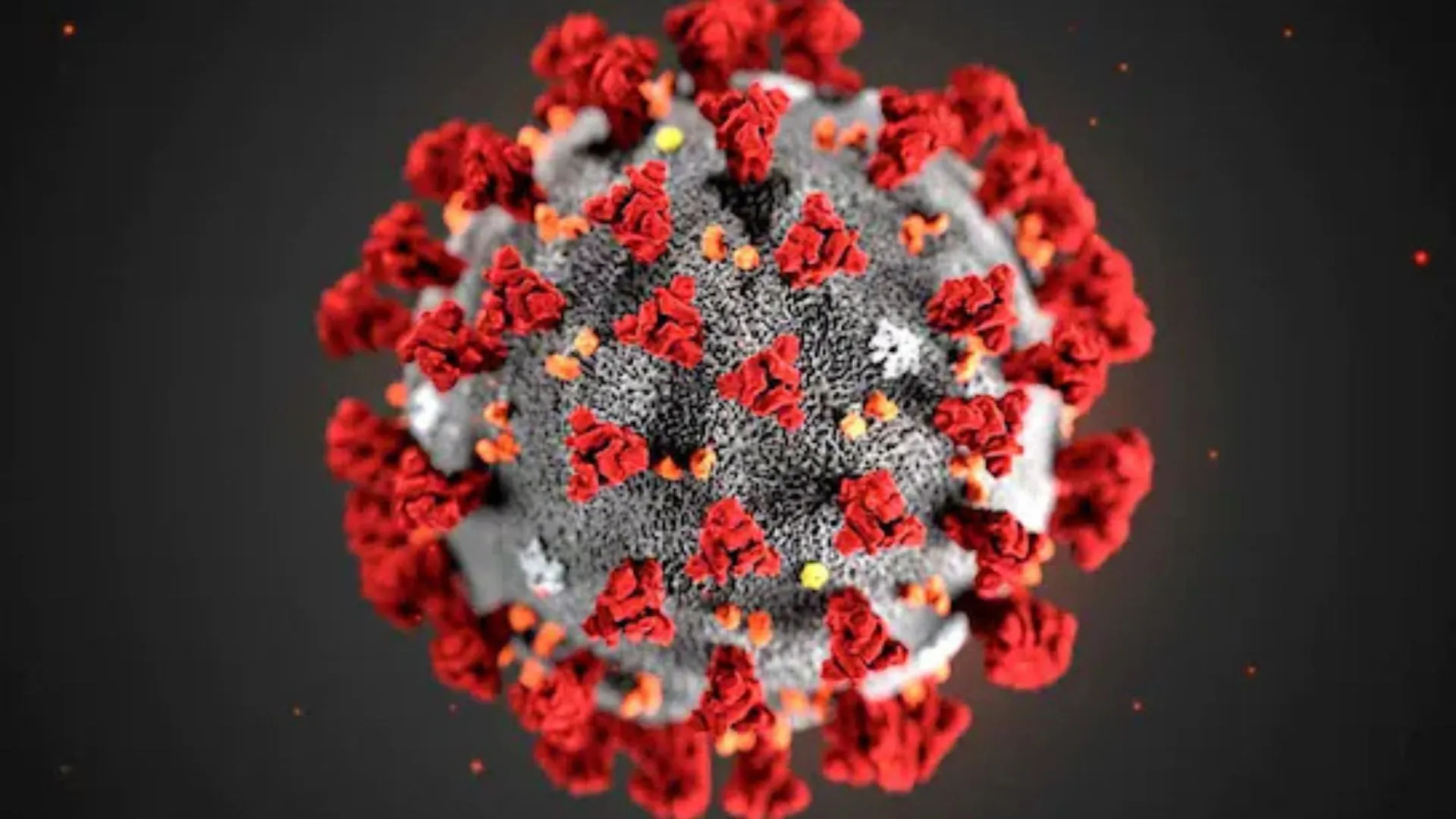India has witnessed a mild uptick in COVID-19 infections, with active cases climbing from 327 on May 19 to 1,009, as per the Ministry of Health and Family Welfare. The latest surge is primarily driven by two subvariants — NB.1.8.1 and LF.7 — both descended from the JN.1 lineage.
States With Most Active Cases
Kerala and Maharashtra currently report the highest active caseloads with 420 and 104 cases respectively, followed by Delhi and Gujarat with 83 active cases. These figures underline a sharp regional surge in infections, though hospitalisation rates remain stable.
New Variants Identified by INSACOG
According to data from the Indian SARS-CoV-2 Genomics Consortium (INSACOG), the rise in cases stems from two newly identified variants — NB.1.8.1 and LF.7. The NB.1.8.1 variant was first found in Tamil Nadu, while LF.7 was detected in Gujarat.
These subvariants are under watch by the World Health Organization (WHO), classified as “variants under monitoring”, not yet categorized as variants of concern or interest. The Health Ministry confirms that “JN.1 remains the most prevalent variant in India,” with subvariants NB.1.8.1 and LF.7 currently dominating the case rise.
Other sublineages like BA.2 and various Omicron strains continue to circulate but are less dominant.
What We Know About NB.1.8.1 and LF.7
Health experts say these new strains spread more easily than earlier Omicron variants. Reports suggest that they can better escape immune defences, especially in unvaccinated individuals or those overdue for booster shots.
However, medical professionals caution against panic, noting that “both NB.1.8.1 and LF.7 do not appear to lead to more severe outcomes compared to earlier Omicron variants.” Symptoms mostly remain mild or moderate for those vaccinated or previously infected.
NB.1.8.1 COVID Variant
This strain has shown a faster transmission rate. Although its mutations aid in rapid spread, there is no conclusive evidence suggesting it leads to severe illness.
LF.7 COVID Variant
LF.7 shares traits common to Omicron-related variants, including high transmissibility. It can partially evade immunity, particularly in people who haven’t received recent booster doses.
No Spike in Hospitalisations or Deaths Yet
Despite the rise in active cases, hospitals are not witnessing a parallel surge in admissions or fatalities. Surveillance continues, and public health agencies are monitoring developments closely.
Older adults and individuals with pre-existing conditions are advised to remain cautious, as the virus can still cause complications in vulnerable groups.
Common Symptoms of New COVID Subvariants
Though the symptoms are generally non-severe, health authorities have flagged a consistent pattern. These are the most reported symptoms in recent cases:
-
Fever with chills
-
Cough
-
Sore throat
-
Unexplained fatigue
-
Severe body aches
-
Headache
-
Runny or stuffy nose
-
Subtle loss of taste
While these symptoms resemble seasonal flu or allergies, testing is encouraged if multiple signs persist, especially among high-risk individuals.
India’s latest COVID surge, though currently moderate, highlights the virus’s ongoing evolution. While new JN.1 subvariants NB.1.8.1 and LF.7 are not yet a cause for alarm, continued genomic surveillance and public awareness are key to preventing further escalation. Health experts recommend staying up to date on vaccinations and practicing hygiene precautions, particularly in high-density areas or during travel.





















